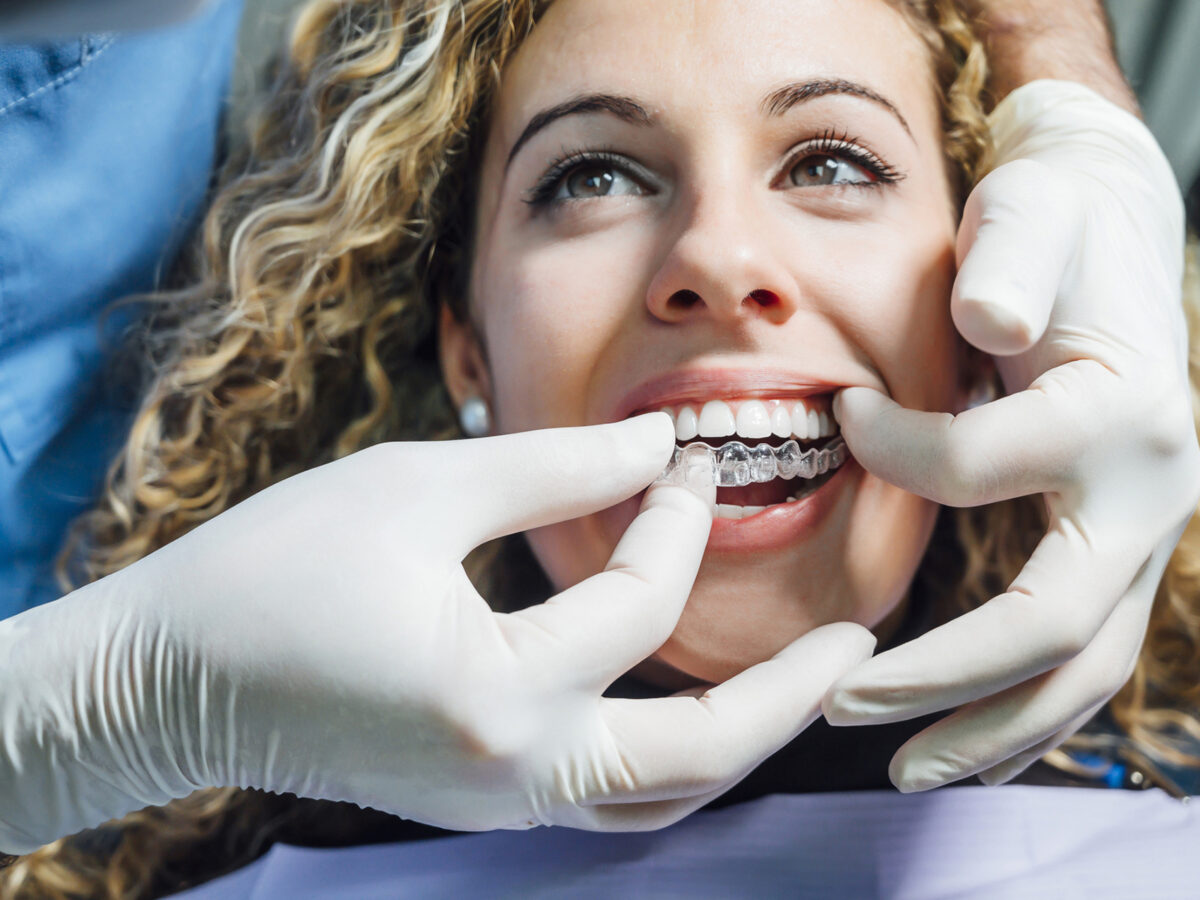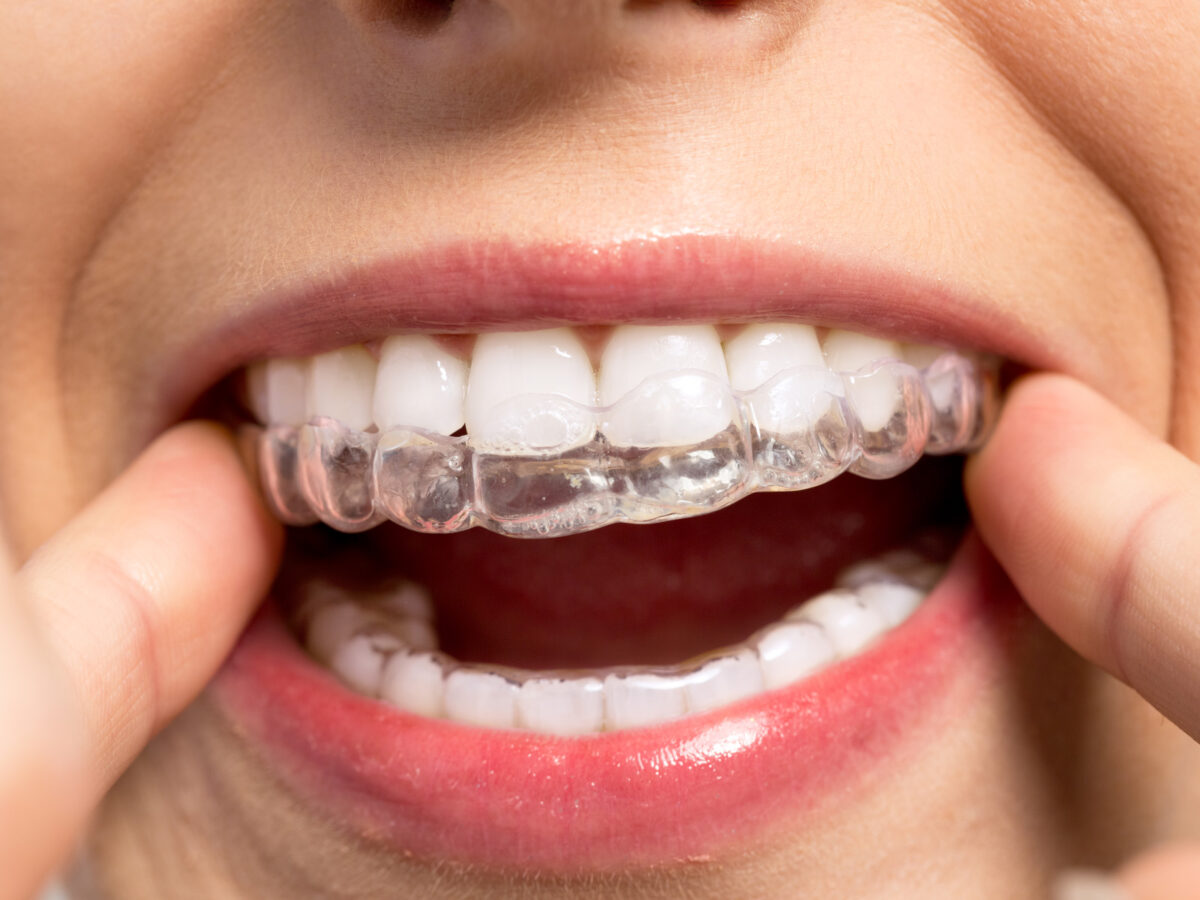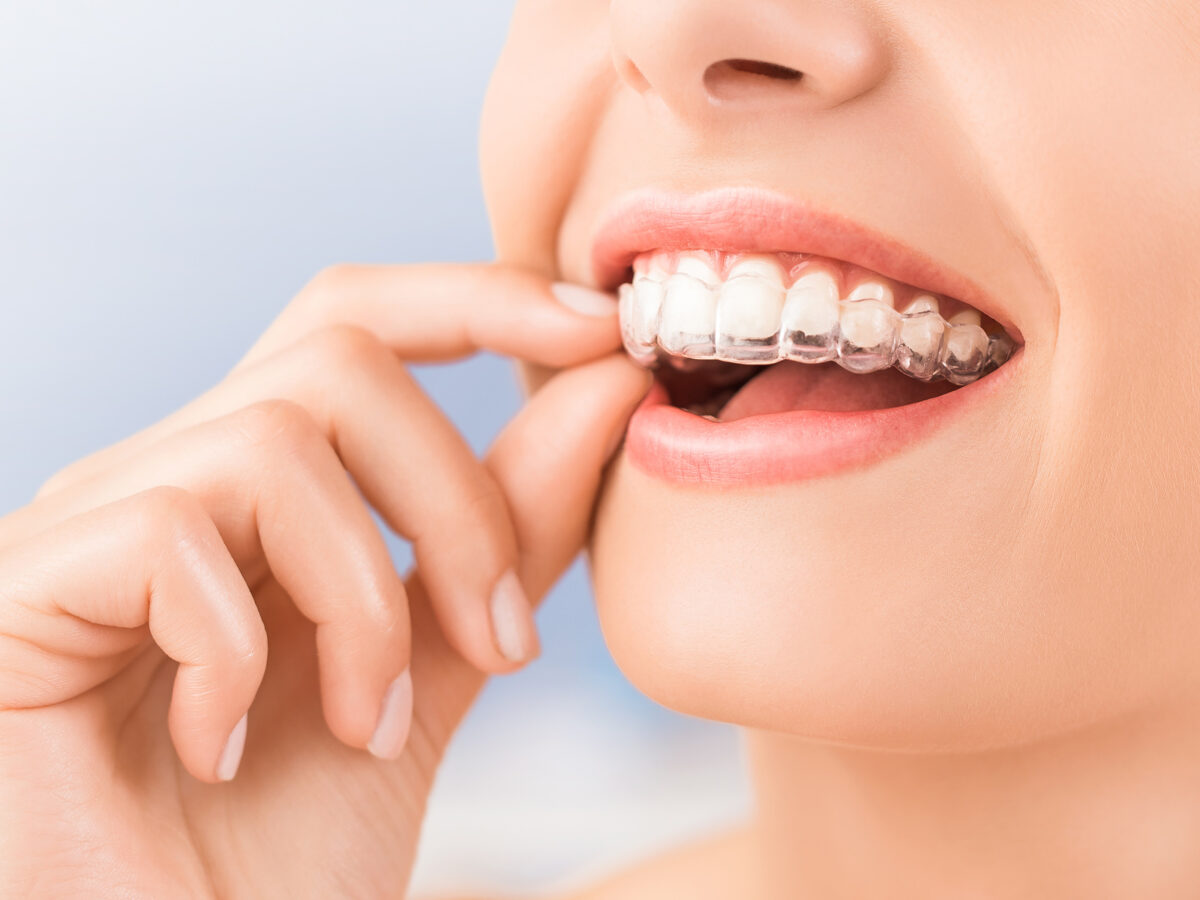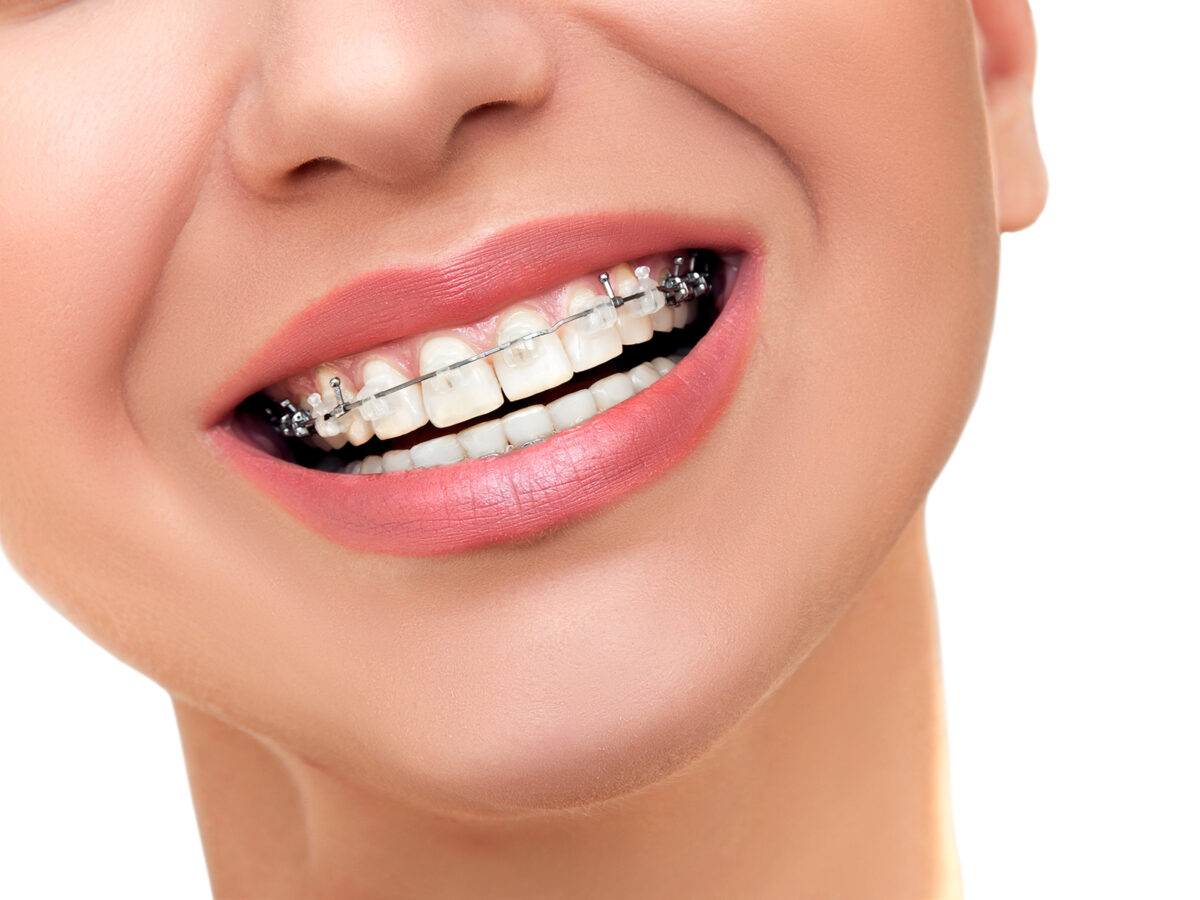Invisalign is a popular clear dental aligner; they are a popular alternative to traditional braces. Though Invisalign is more comfortable than metal braces, there is still a chance that you may experience mild pain or discomfort.
While you might feel little or no pain from your Invisalign, in most cases, the Invisalign pain goes away, and it feels less painful with time. But at the same time, pain experienced from Invisalign depends on the individual pain tolerance. Some people might feel a lot of pain, and some no pain at all.
Moreover, If you experience pain for longer than a week after first using your Invisalign, you should see your orthodontist check if the problem is severe.
Why do you feel pain after using Invisalign?
While wearing Invisalign for the first time, It is possible to experience temporary pain in just one tooth. However, this pain can also signify your Invisalign doing its job by gradually adjusting your teeth. Invisalign requires new trays every 2 weeks. Therefore it could be the possible reason you experience mild pain and discomfort within the first few days after changing your Invisalign tray. In addition, you may not feel pain in the same tooth with each Invisalign tray change, and any discomfort will go away after 2-3 days. However, as you get used to wearing your Invisalign, these symptoms will become less pronounced.
Some tips to reduce your Invisalign pain
Here are some common and easy tips you can use to ease your Invisalign pain<
- Eat or suck on Ice Cubes or Drink Cold Water.
- Putting new Invisalign aligners in before going to bed might ease the pain.
- Eat soft foods or more liquid foods in the days after starting new aligners.
- Take over-the-counter pain relievers. If the problem doesn’t go away.
Schedule your appointment with a dentist today and get the treatment on time!





